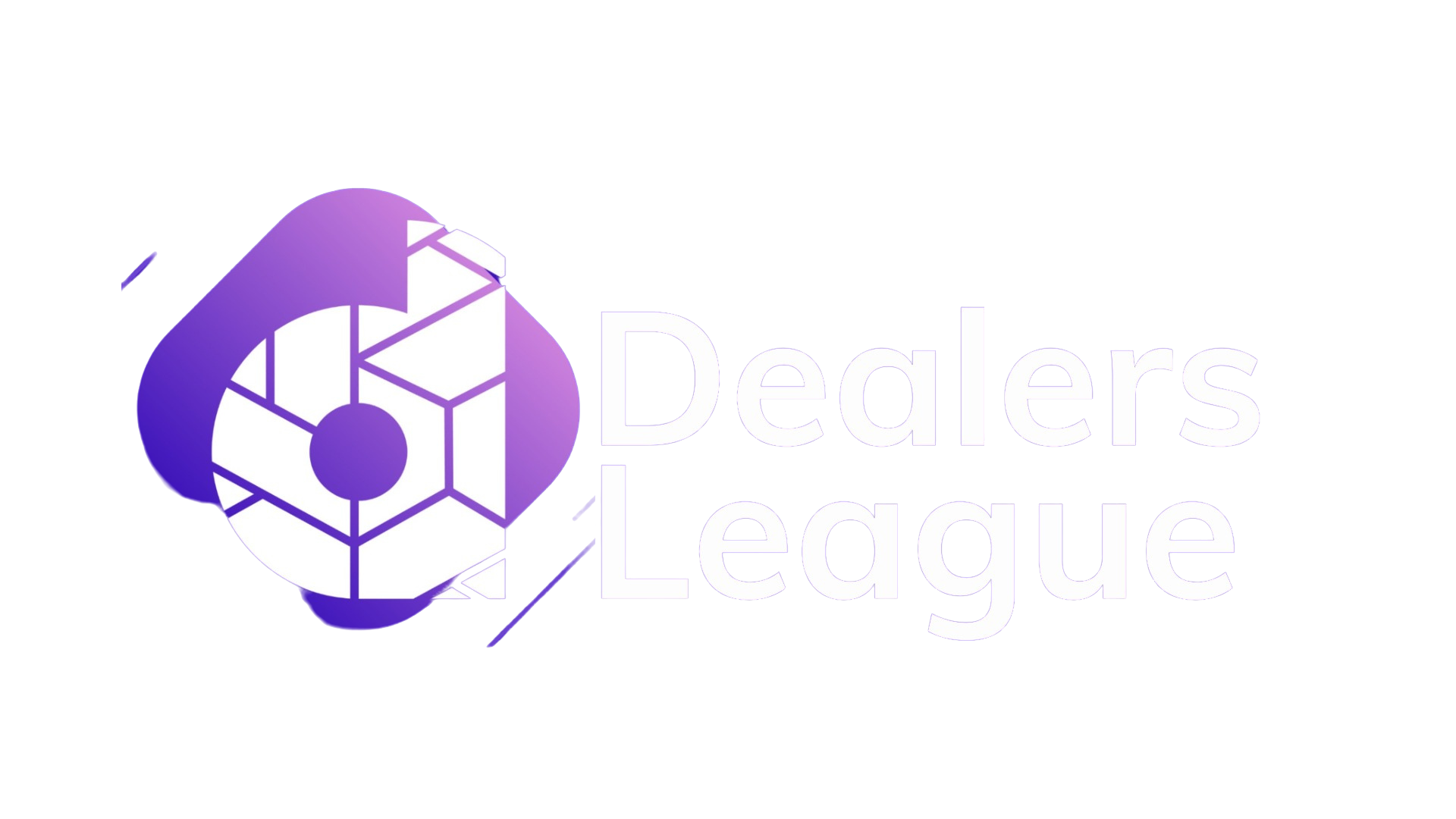We see everyday discussions on Twitter or on LinkedIn where SEOs ask if it is a good idea to use AI to produce content. The arguments are mostly against it as some fear that Google will punish websites and content creators that use AI. But this doesn’t seem to be the fact. Google values content that is helpful to people and created with their best interests in mind, whether it’s written by a human or a machine. But if the content is created with the intent to manipulate search results, Google will eventually detect it, taking steps to stop it.
If you want to stay in line with Google’s values, then consider the ‘who, how and why’ of your content.
Who Created the Content
If you’re publishing content on your website, it’s important for your visitors to know who’s behind it. This helps build trust and credibility for the content. Google suggests adding bylines or author info to make it clear to readers who created the content.
How the Content was Created
Sharing details about the production process of your content can help readers understand the unique role automation and AI played in creating the content. If automation was used to generate content, Google suggests making it clear to visitors through disclosures or other means. They published new guidelines just a couple of days ago here.
Google’s ranking system prioritizes original and high-quality content that showcases expertise, experience, authoritativeness, and trustworthiness.
Check out the E-E-A-T guidelines.
The emphasis on the quality of the content over its production method has been a useful principle that has allowed Google to provide users with reliable, high-quality search results over the years.
Around a decade ago, there were concerns about the increase in mass-produced, yet human-generated content. Rather than imposing a blanket ban on all human-generated content, they opted to enhance their systems to reward quality content.
Quality has been at the heart of Google’s mission since its inception, and this continues to this day through its ranking systems that aim to surface credible information and its recently introduced helpful content system. The latter was designed to ensure that those searching for information receive content that is primarily created for people, instead of just for search ranking purposes.
Why the Content was Created
The most important question to answer about your content is “why.” It’s important to create content that is designed to help people and be useful to your visitors. If the main goal of the content is to manipulate search rankings then it will go against Google’s values and could be considered a violation of their spam policies.
AI and Google Search Guidelines
Appropriate use of AI or automation is not against Google’s policies. However, using AI-generated content to manipulate search rankings is considered a violation of our spam policy.
Google is aware of the potential for AI-generated content to spread misinformation or contradict well-established information on important topics. Its systems are designed to surface high-quality information from reliable sources and prioritise information that aligns with established consensus on important topics.
Recap
Google values content that is helpful to people and created with their best interests in mind, regardless of whether it was written by a human or a machine. It’s important to consider the “who, how and why” of your content and make sure it aligns with Google’s values.
[ninja_form id=’5′]

